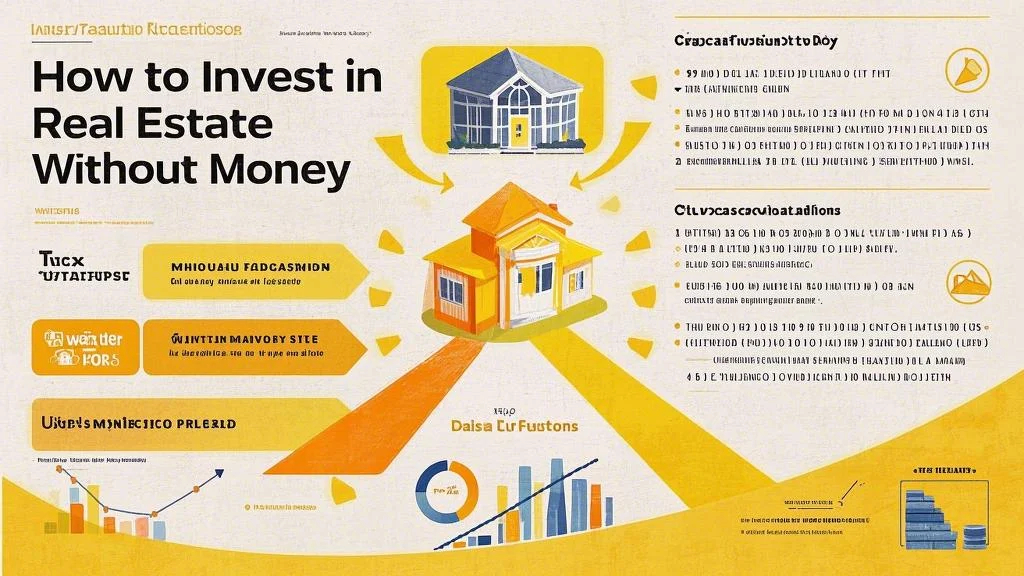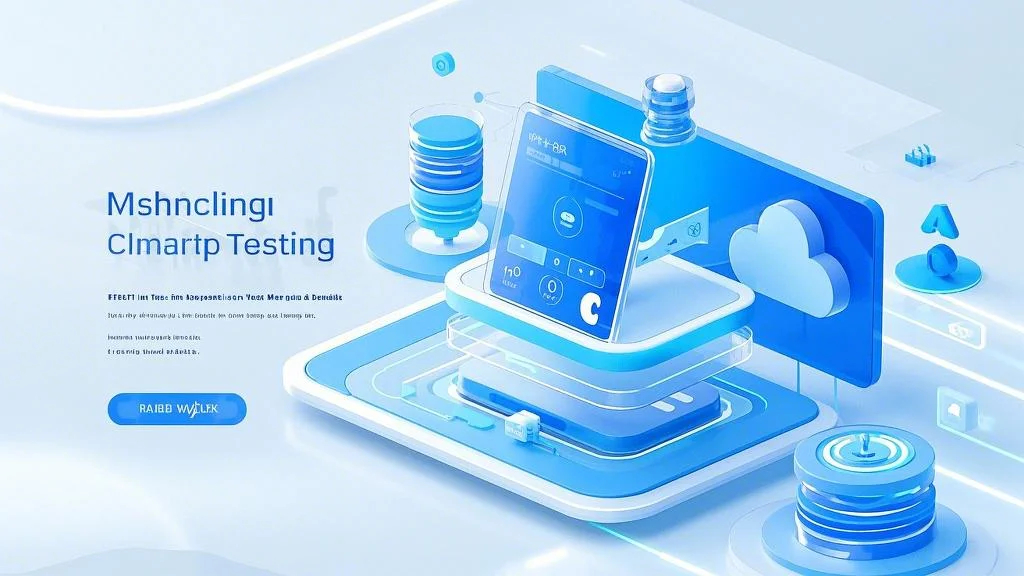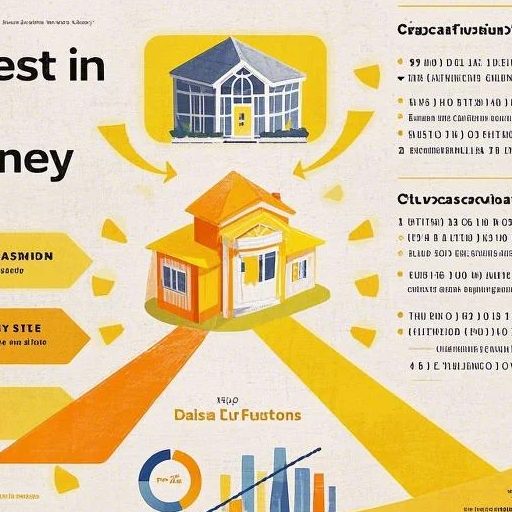Debt consolidation is a popular method used by individuals to simplify their financial obligations and reduce their overall debt burden. If you’re someone who is juggling multiple credit card payments each month, the idea of consolidating your credit card debt might seem like a relief. By combining multiple debts into a single payment, you can save time, reduce interest charges, and potentially improve your credit score. However, it’s important to approach debt consolidation with care, as not all methods are equally effective or suitable for everyone.

In this guide, we’ll explore the best ways to consolidate credit card debt, including the pros and cons of each method, so you can make an informed decision. Whether you’re looking to reduce your interest rates, simplify your payments, or regain control of your finances, these strategies can help you achieve your goals.
1. Evaluate Your Current Debt Situation
Before you jump into debt consolidation, it’s crucial to assess your current financial situation. Start by listing all your credit card debts, including the balance, interest rate, and due date for each. This will give you a clear picture of how much you owe and what you’re paying in interest each month.
Once you’ve listed your debts, calculate your total credit card debt. This will help you determine how much you need to borrow or how much you need to save each month to pay off your debts. Additionally, take a look at your credit utilization ratio, which is the percentage of your available credit that you’re currently using. A high credit utilization ratio can negatively impact your credit score, so aim to keep it below 30%.
2. Comparebalances Transfer vs. Personal Loan
Two of the most common methods for consolidating credit card debt are a balance transfer and a personal loan. Let’s break down the pros and cons of each:
Balance Transfer:
A balance transfer involves moving the balances from multiple credit cards to a single card with a lower interest rate. This can be a great option if you qualify for a card with a 0% APR introductory period, as it allows you to pay off your debt without incurring interest during the promotional period.
However, balance transfers often come with a one-time transfer fee, which is typically a small percentage of the transferred amount. Additionally, the introductory period is usually limited (e.g., 12-18 months), after which the APR increases significantly.
Personal Loan:
A personal loan is a fixed-sum loan that you can use to pay off your credit card balances. Personal loans typically have fixed interest rates and fixed monthly payments, making them easier to budget for. They also offer the advantage of potentially lower interest rates compared to credit cards, especially if you have a good credit score.
On the downside, personal loans require a credit check and may have origination fees. Additionally, you won’t rebuild your credit score by using a personal loan, as it’s not reported to credit bureaus in the same way as credit card payments.
3. Choose the Right Debt Consolidation Tool
When deciding on a debt consolidation method, consider the following factors:
Interest Rates: Look for the lowest possible APR to minimize your overall repayment cost.
Fees: Evaluate any upfront or ongoing fees associated with the method.
Flexibility: Consider how flexible the repayment terms are. For example, can you make extra payments without penalties?
Credit Utilization: If using a balance transfer, ensure that the new card doesn’t negatively impact your credit utilization ratio.
If you decide to go with a balance transfer, aim for a card that offers a long 0% APR period and a low transfer fee. If a personal loan is more appealing, shop around for lenders that offer competitive rates and minimal fees.
4. Create a Budget and还款计划
Once you’ve consolidated your credit card debt, the next step is to create a budget and repayment plan. Without a solid plan, you risk falling back into debt or missing payments, which could harm your credit score.
Start by calculating your monthly income and expenses, ensuring that your debt payments are a manageable portion of your budget. If necessary, consider cutting back on unnecessary expenses to allocate more money towards paying off your debt.
In addition to budgeting, set up automatic payments for your consolidated debt. This will help you avoid late fees and ensure that you stay on track with your repayments. You can also consider setting reminders for your payment due dates to prevent missed payments.
5. Consider Debt Management Plans
If you’re struggling to manage your credit card debt on your own, a debt management plan (DMP) might be a viable option. A DMP is a structured repayment plan created by a credit counseling agency, where you make a single monthly payment to the agency, and they distribute the funds among your creditors.
One of the advantages of a DMP is that it can lower your monthly payments and interest rates, making it easier to manage your debt. Additionally, it can help you avoid collection calls or legal action from creditors. However, there are some drawbacks to consider:
Fees: Many credit counseling agencies charge fees for their services.
Credit Score Impact: While a DMP won’t immediately hurt your credit score, it may still remain on your credit report for up to seven years.
Restricted Credit Use: You may be asked to close or avoid using your credit cards while in the program.
Before enrolling in a DMP, research and choose a reputable credit counseling agency that is accredited by the National Foundation for Credit Counseling (NFCC).
6. Explore Home Equity Options
If you own a home, you might consider using home equity to consolidate your credit card debt. This can be done through a home equity loan or a home equity line of credit (HELOC).
The advantage of using home equity is that the interest rates are generally lower than credit card rates, and the interest may be tax-deductible. However, there’s also added risk involved, as your home serves as collateral. If you fail to make your payments, you could lose your property.
Additionally, there are fees associated with home equity loans and HELOCs, such as origination fees, appraisal fees, and closing costs. Before proceeding, make sure that the savings outweigh the risks and costs involved.
7. Automate and Monitor Your Progress
Once you’ve consolidated your credit card debt and set up a repayment plan, it’s essential to stay proactive. Use automatic payments to ensure that your monthly obligations are met on time, and regularly monitor your progress.
You can also use budgeting and financial management tools to track your expenses, set financial goals, and stay motivated throughout the repayment process. Additionally, consider setting up a cushion for unexpected expenses, so you don’t rely on credit cards again.
8. Build an Emergency Fund
One of the primary reasons people accumulate credit card debt is due to unexpected expenses. By building an emergency fund, you can avoid relying on credit cards in the future and stay on track with your debt repayment goals.
Aim to save at least three to six months’ worth of living expenses in a separate savings account. While it may take time to accumulate this much, even a small monthly contribution can help you establish a financial safety net.
9. Improve Your Credit Score
Consolidating credit card debt can also be an opportunity to improve your credit score. Here’s how:
Keep Old Accounts Open: Even if you transfer balances, keep your old credit card accounts open to maintain a longer credit history.
Maintain Low Credit Utilization: Avoid maxing out your credit cards, as this can lower your credit score.
Make On-Time Payments: Consistently making on-time payments will demonstrate responsible credit behavior and boost your credit score over time.
10. Stay Disciplined and Avoid New Debt
Finally, the key to successfully consolidating credit card debt is staying disciplined. Avoid the temptation to run up new balances on your credit cards or take on additional debt. Instead, focus on paying off your consolidated debt as quickly as possible, and use your newfound financial discipline to build a brighter financial future.
By following these strategies, you can effectively consolidate your credit card debt, reduce your interest burden, and work towards achieving financial freedom. Remember, the journey may take time, but with patience, persistence, and smart financial decisions, you can overcome debt and secure a brighter financial future.




